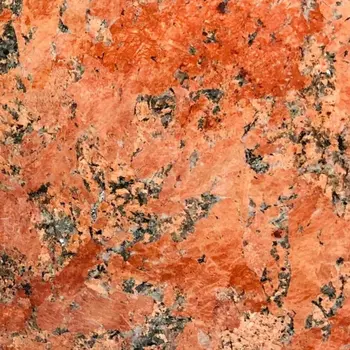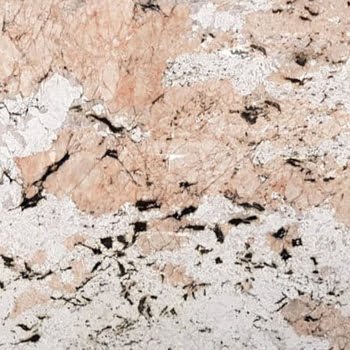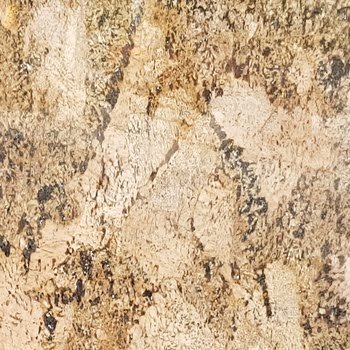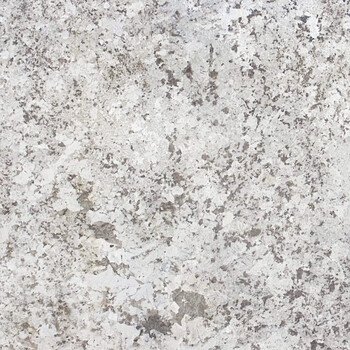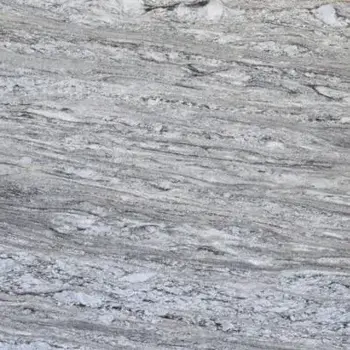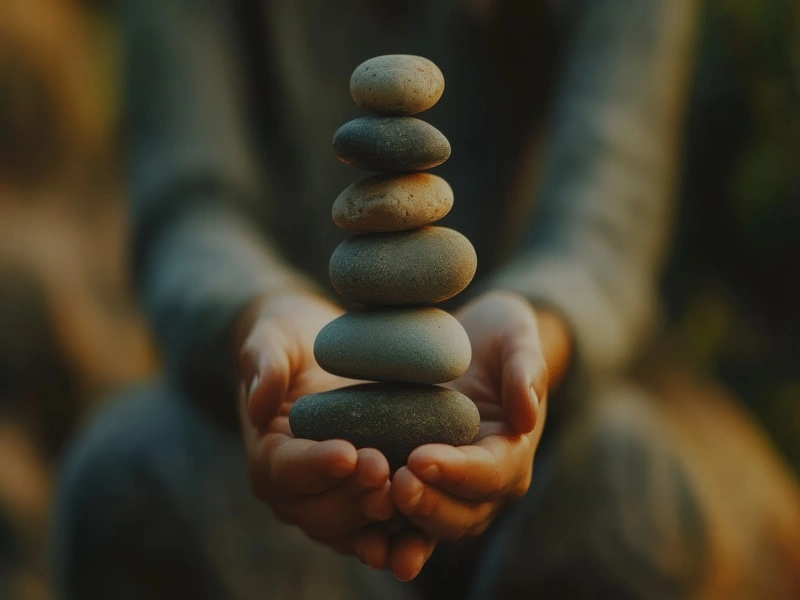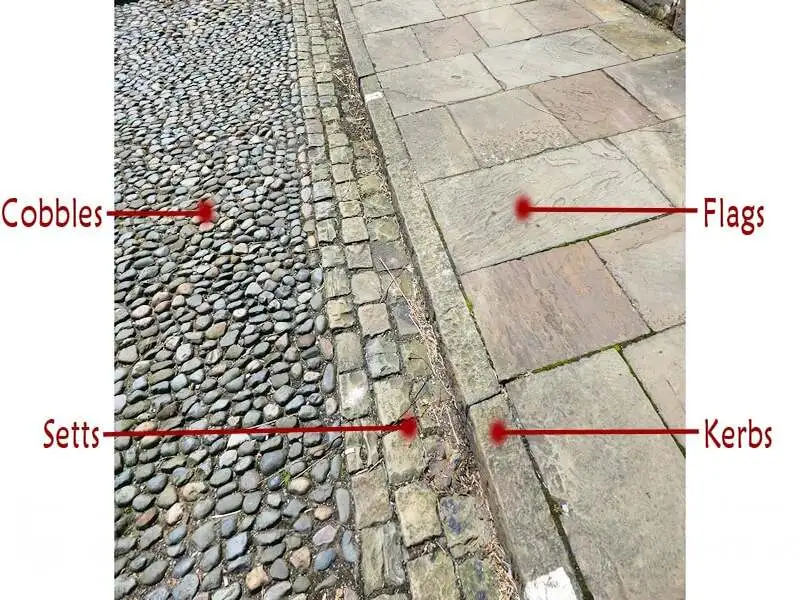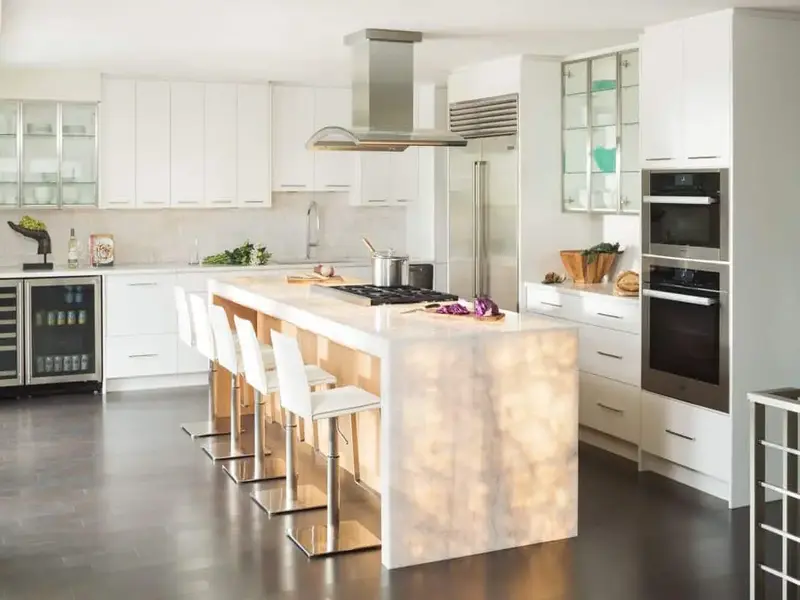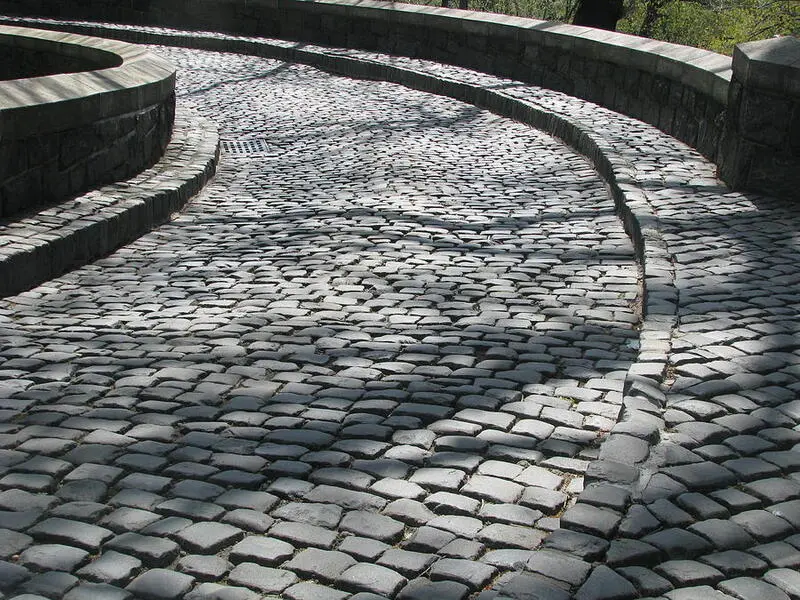If you’re searching for a stunning, one-of-a-kind material to transform your home, let me introduce you to Alaska granite. This striking stone, primarily found in India’s Rajasthan and Brazil, is quickly becoming a favorite among homeowners and designers alike. What makes Alaska granite so special? Unlike typical granite, which often has similar patterns across different slabs, each piece of Alaska granite is completely unique, offering a beautiful mix of colors and textures that can’t be found anywhere else.
In today’s design world, where individuality is key, Alaska granite stands out as a fantastic option for anyone looking to add a personal touch to their space. Whether you’re revamping your kitchen, designing a luxurious bathroom, or creating a standout feature wall, Alaska granite can elevate your design with its distinctive charm. So, join me as we explore the various types of Alaska granite and discover why this gorgeous stone is capturing the hearts of architects, interior designers, and homeowners alike. You might just find the perfect centerpiece for your next project!

What is Alaska Granite?
Alaska granite, known for its distinct beauty, is actually a type of rock called pegmatite. But what does that mean? Let’s break it down into simpler terms.
Pegmatite is an igneous rock, which means it forms from cooled magma—the same stuff that erupts from volcanoes. However, Alaska granite is special because it forms during the final stages of the magma cooling process. Imagine magma as a thick soup that slowly cools down; as it does, different minerals start to crystallize and bind together. The word “pegmatite” comes from an ancient Greek word meaning “to bind together,” which captures the essence of how these rocks are formed.
What makes pegmatite, and thus Alaska granite, fascinating is the size of the crystals within it. During that last cooling phase, the magma is often mixed with low-viscosity fluids, which helps the minerals move around more freely. This allows larger crystals to form, resulting in the unique and beautiful patterns we see in Alaska granite slabs.
Source: Geologist Kushal Singh Shaktawat
Sometimes, you might hear resined granite slabs referred to as Alaska granite too, which is another way these beautiful stones are prepared for use. We will disuccs furhter why it is called so.
Also READ | Understanding the Process of Slab Resining of Natural Stones – Marble, Quartzite & Granite
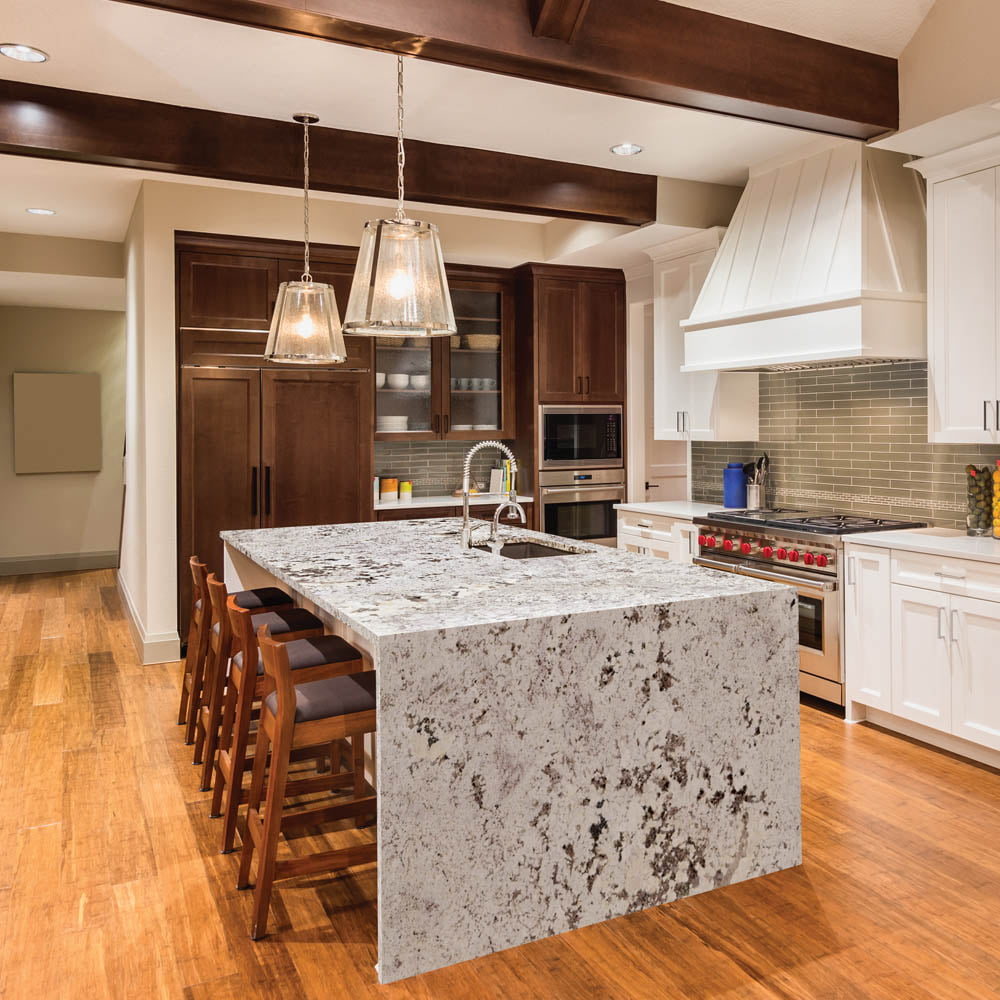
How is “Alaska Granite” different from “Typical Granite”?
Alaska Granite, being a pegmatite rock, differs from typical granite in its formation and composition. While both are igneous rocks, they have distinct characteristics:
Formation:
- – Pegmatites develop during the final stages of magma crystallization, which is the process that occurs when molten rock cools and solidifies.
– Typical granite, on the other hand, is a more common igneous rock that forms from the slow cooling and solidification of magma beneath the Earth’s surface. This cooling process takes place over thousands of years, resulting in smaller crystals and a more uniform appearance.
Composition:
- – In Alaska Granite, as the magma cools, it’s often mixed with water and other gases, creating conditions that allow for the growth of much larger crystals. T
– Typical granite has a more uniform crystal size, with minerals like quartz, feldspar, and mica distributed throughout.
Appearance
- – In Alaska Granite you’ll see such stunning and varied patterns in Alaska Granite—each slab is a one-of-a-kind piece of natural art, showcasing a blend of colors and textures that can’t be replicated.
– Typical granite tends to have a more even texture and appearance.
Comparing Uses: Typical Granite vs. Alaska Granite
Both typical granite and Alaska granite can be used for a variety of applications, including countertops, flooring, and decorative features. They are both durable and attractive options for homeowners and designers alike.
- Typical granite is often chosen for its reliability and classic appearance. It comes in a range of colors and patterns, making it a versatile choice for many different styles and settings. It’s especially popular for kitchen countertops, bathroom vanities, and flooring due to its strength and resistance to scratches and heat.
- On the other hand, Alaska granite stands out because of its unique characteristics. Each slab features one-of-a-kind patterns and vibrant colors, making it an excellent choice for those looking to create a distinctive and eye-catching design. If you want to make a statement in your space, Alaska granite may be the preferred option. Its bold appearance can serve as a stunning focal point in kitchens, feature walls, or any area where a unique look is desired.

How is Alaska Granite Manufactured or Processed?
The manufacturing process for Alaska granite is quite similar to that of regular granite, with one important difference: Alaska granite goes through an extra step called slab resining. Let’s break down the process so you can see how it all comes together.
Quarrying: The first step involves extracting large blocks of granite from quarries, which are basically big holes in the ground where the stone is found. This is where the granite begins its journey from earth to your home.
Transportation: Once the granite blocks are cut from the quarry, they are transported to factories where they will be processed further.
Block Cutting: At the factory, these large granite blocks are cut into slabs, which are more manageable for use in countertops, flooring, and other applications.
Slab Polishing: After cutting, the slabs are polished to bring out their natural beauty. This final step gives the granite its smooth and shiny finish.
Slab Resining: Here’s where Alaska granite stands out. The resining process involves applying a special resin to the surface of the granite slabs. This resin fills in any natural voids, cracks, or imperfections in the stone. The goal is to improve the structural integrity of the granite, making it stronger and more durable. Plus, it helps achieve a more uniform and polished look.
It’s important to note that when done correctly, slab resining doesn’t compromise the durability of the granite. In fact, it enhances it! This means you can enjoy the beauty of Alaska granite while also ensuring that it stands up to the wear and tear of everyday life.
Popular Types of Alaska Granite
Alaska granite is known for its beautiful range of colors and patterns, making it a popular choice for various design applications. This granite comes in several distinct types, each showcasing unique features that set them apart. Here’s a look at some of the different varieties of Alaska granite from India:
Alaska White Granite
Alaska White Granite is a beautiful stone that has a pure white colour with delicate veins running through it. It has a timeless and elegant appearance that adds a touch of refinement to any space. This type goes well with different design styles, so it’s popular for homes and businesses
Also READ | Alaska White Granite: Everything You Need to Know
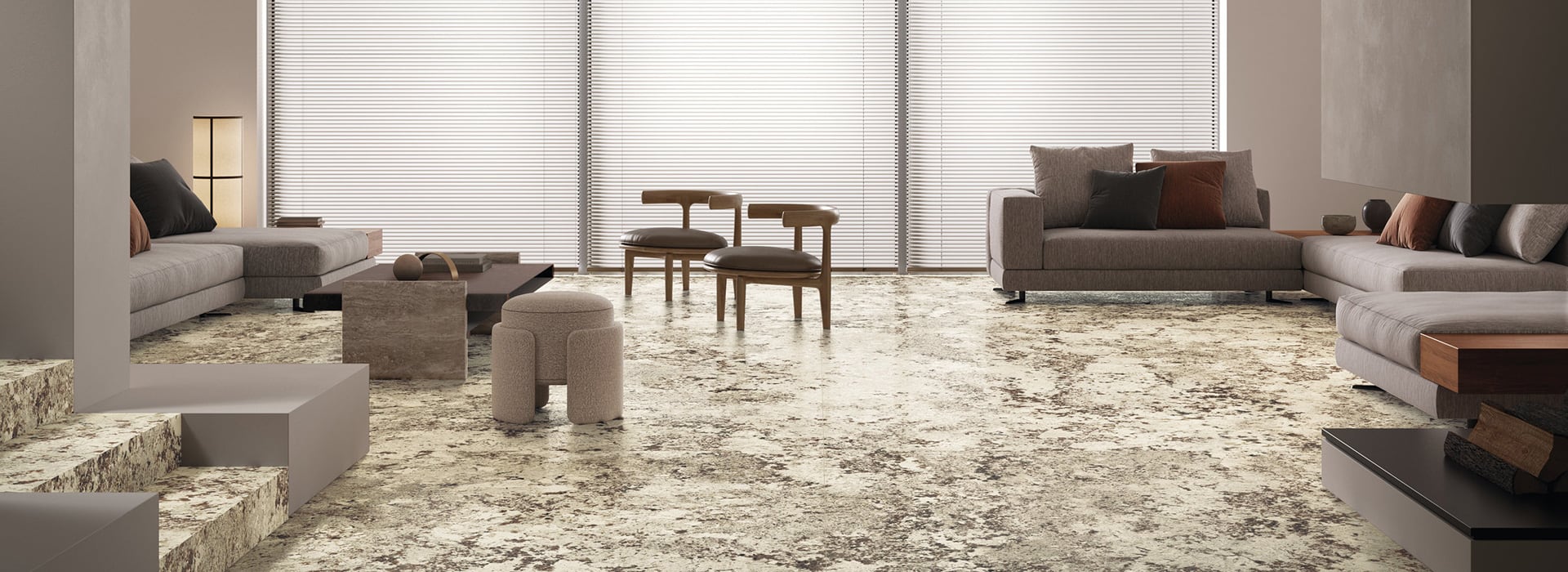
Alaska Red Granite
Alaska Red Granite is a type of stone that has a strong and noticeable appearance. It has a deep red colour with veins that stand out. This thing looks really nice and makes places feel cosy and lively. It also lasts a long time and stays beautiful.
Also Read: Red Granite: Everything you need to know.
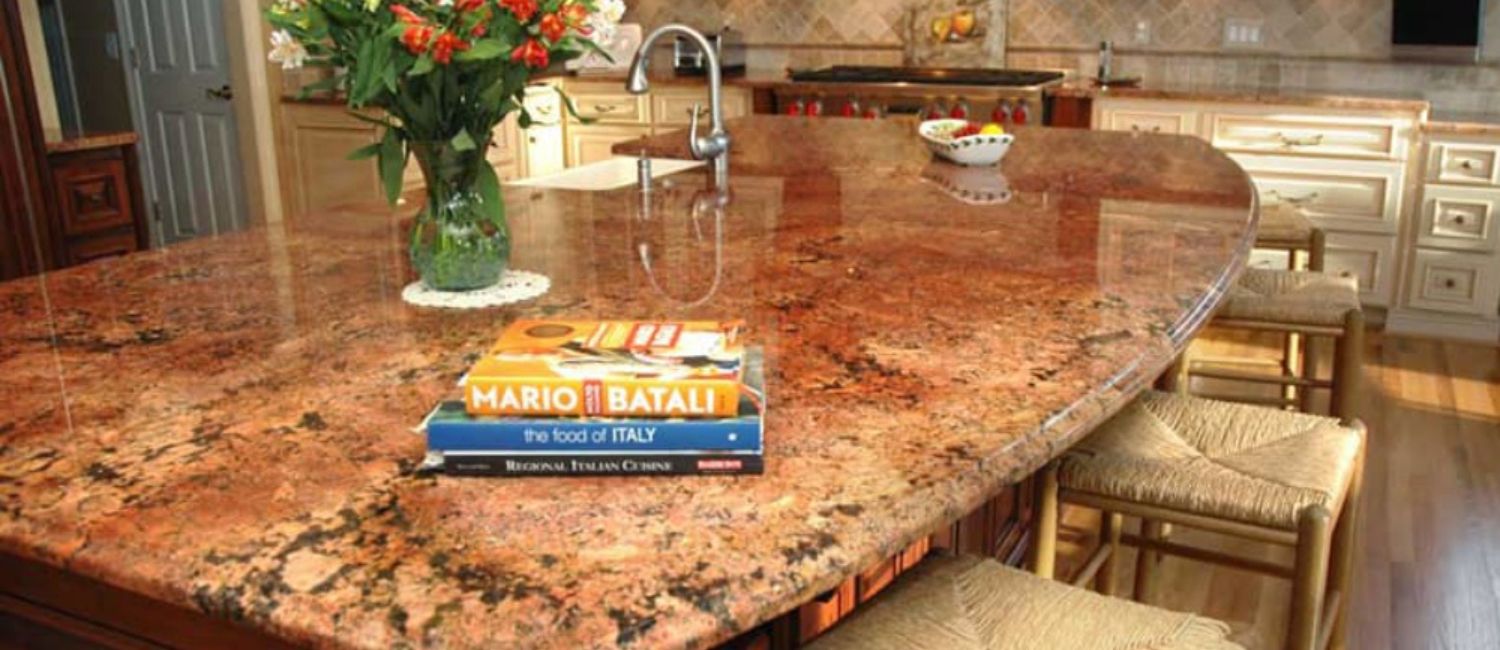
Alaska Gold Granite
The Alaska Gold Granite exudes elegance and luxury, with its foundation resembling sun-kissed gold. With its detailed veins, it brings a fancy touch to indoor spaces, making it a popular choice for people who want to create a luxurious atmosphere.
Also Read: Alaska Gold Granite Flooring: Luxury Options
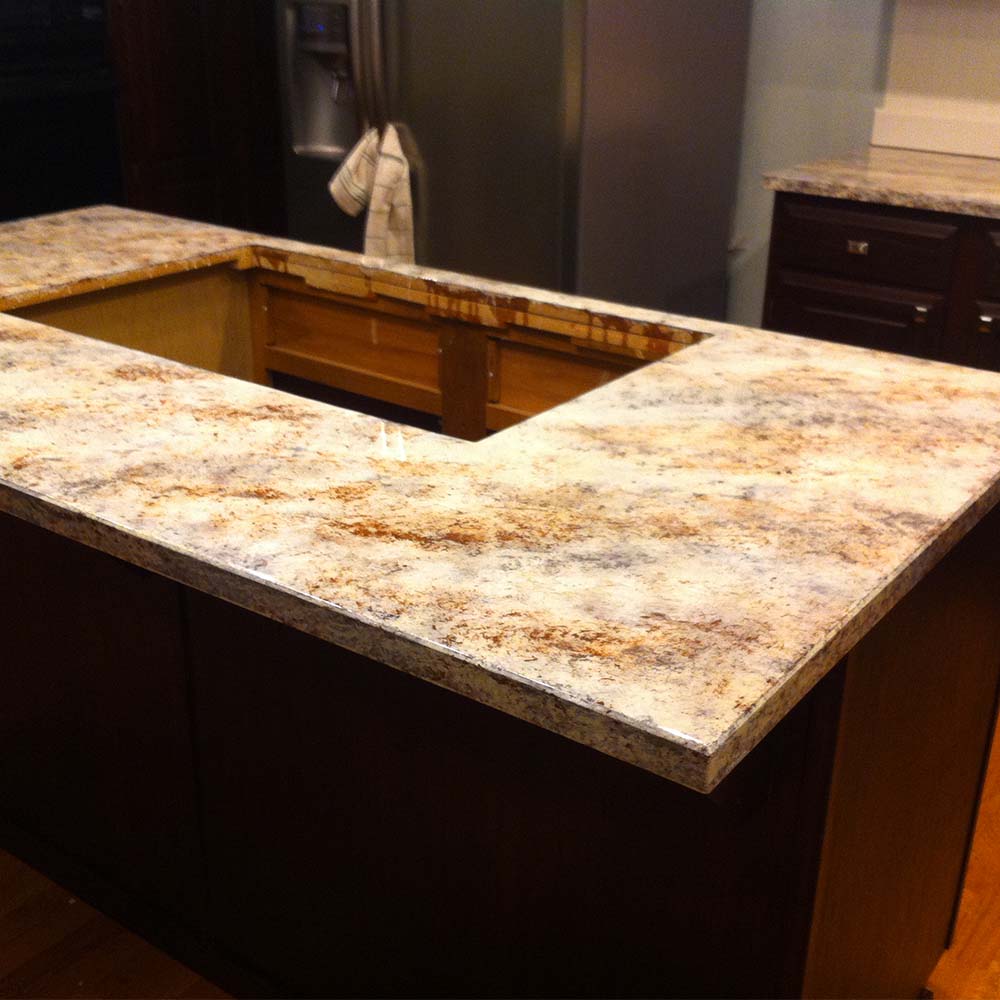
Alaska Pink Granite
Alaska Pink Granite has a soft pink colour with subtle veins, making it a beautiful and charming option. It’s perfect for creating soothing situations because of its soft colours, which give off a calming aura.
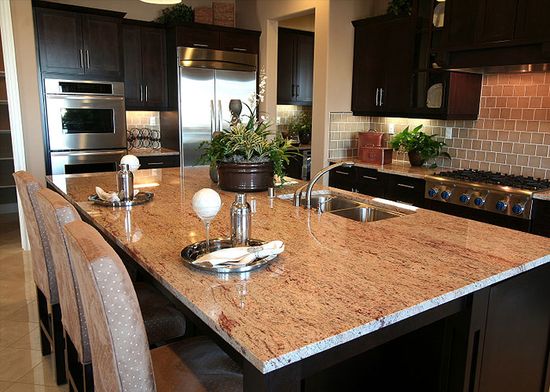
Alaska Blue granite is a unique type of stone that has a creamy background colour. It also has veins of black, blue, and grey minerals running through it. The special features in this natural and unique granite will be different in each slab.
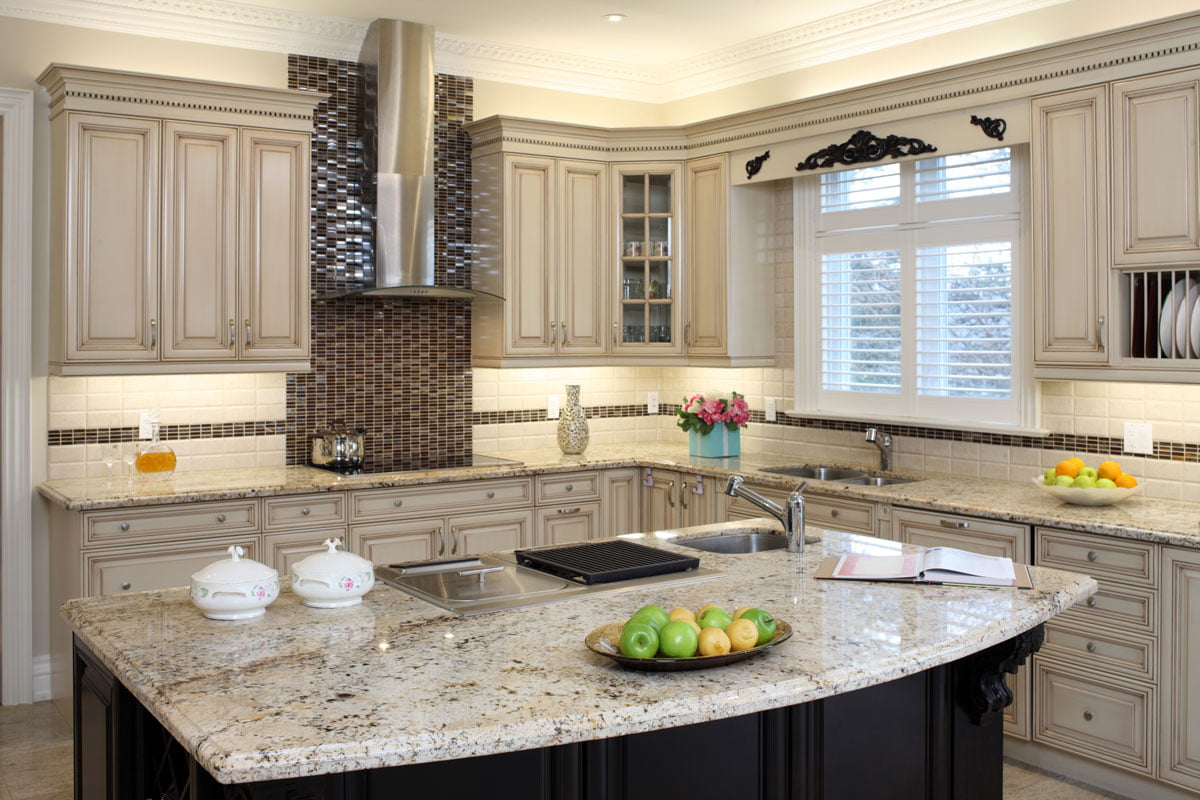
Application of Alaska Granite
The versatility of Alaska Granite from India makes it a highly sought-after material for various design applications. Its unique characteristics, including durability and aesthetic appeal, make it suitable for the following applications:
Countertops:
- This Granite is a popular choice for kitchen and bathroom countertops. Its durability and resistance to wear make it well-suited for high-traffic areas.
Flooring:
- The strong and durable nature of this granite makes it an excellent option for flooring in both residential and commercial spaces. It adds a touch of sophistication to any environment.
Wall Cladding:
- This Granite can be used for wall cladding to enhance the visual appeal of interior and exterior spaces. Its natural patterns and veins create a distinctive and elegant look.
Backsplashes:
- The beauty of this granite can be showcased in kitchen and bathroom backsplashes, adding a touch of luxury and uniqueness to these spaces.
Fireplace Surrounds:
- The heat-resistant properties of granite make it a suitable material for fireplace surrounds. This Granite can elevate the aesthetic of living spaces with its captivating patterns.
Decorative Elements:
- Alaska Granite can be crafted into decorative elements such as tabletops, bar-tops, or accent pieces, adding a touch of natural elegance to interior spaces.
Commercial Spaces:
- Due to its durability and low maintenance requirements, these Granite is a favored choice for various commercial spaces, including hotels, restaurants, and office buildings.
In summary, the applications of Alaska Granite extend across a wide range of design possibilities, bringing strength, beauty, and a touch of nature’s elegance to diverse spaces.
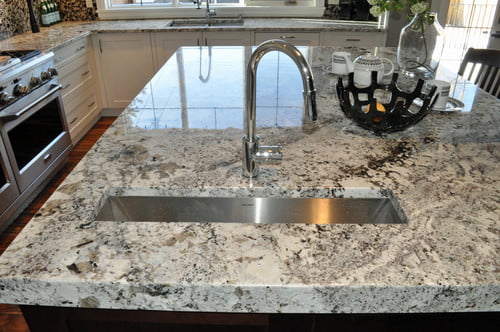
Alaska Granite Price
Alaska granite is generally priced higher than typical granite varieties due to several factors.
First, its unique aesthetics set it apart, with each slab featuring one-of-a-kind patterns and vibrant colors that appeal to designers and homeowners looking to make a statement.
Second, the production costs are higher because of specialized processing techniques, including slab resining, which enhances durability and appearance, as well as unique finishes that require skilled craftsmanship.
Finally, transportation costs impact pricing since Alaska granite is in demand globally, with significant interest from countries like the United States, Vietnam, the UAE, and Germany. Shipping and logistics expenses contribute to its premium price.
In summary, the higher cost of Alaska granite reflects its distinctive beauty, advanced processing methods, and global distribution, making it a worthwhile investment for those seeking exceptional materials.
ALSO READ | Granite Price Per Square Foot – Understanding Factors
Final Thoughts on Alaska Granite
Alaska Granite differs from typical granite in both composition and processing. It is often feldspar-rich, formed as a pegmatite, and features large, varied crystal patterns. Many slabs also undergo slab resining, a process that fills surface voids and improves strength.
Because of its unique visual layout and added processing, Alaska Granite is priced higher than regular granite. It’s commonly used in interiors where design and durability are both priorities.
For granite slab options, finishes, and project suitability, get in touch with Stone Galleria.

